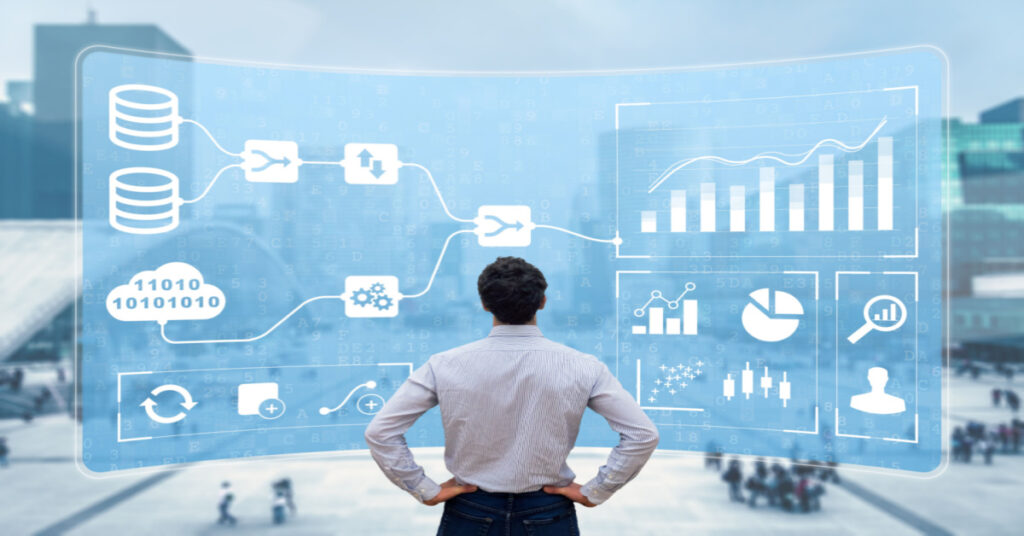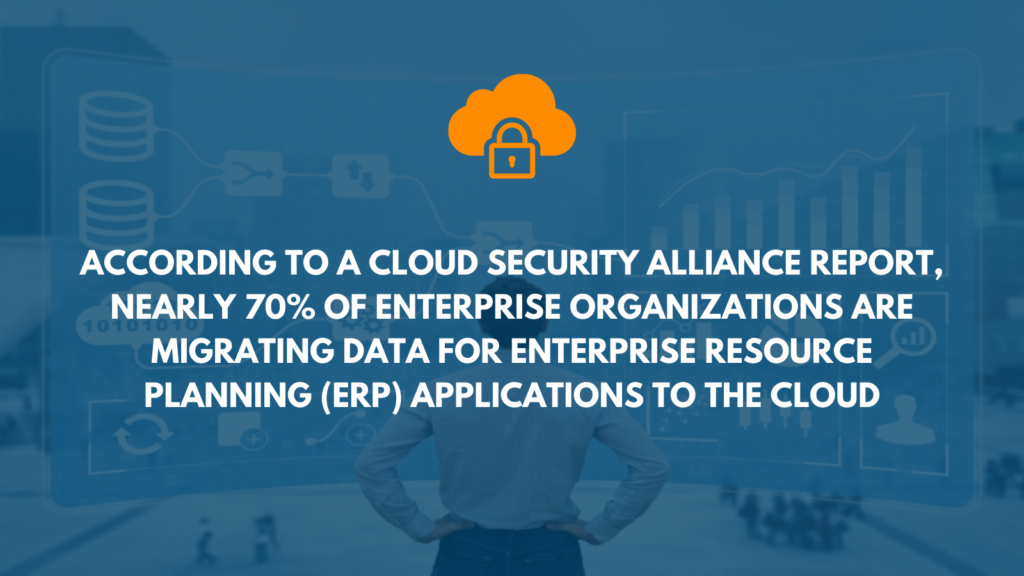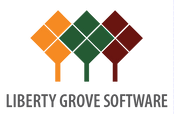The Future of Cloud ERP for Manufacturing Companies – 7 Emerging Trends to Watch
Manufacturing companies are increasingly abandoning on-premise applications for Cloud ERP for Manufacturing. Cloud-based ERP applications are the industry's future because of their numerous benefits, including reduced hardware, database, and operating system software requirements and fewer internal or outsourced maintenance teams. And the icing on the cake is that you always have the confidence that you're running the most recent version of your ERP.

Manufacturing companies must transform to meet today's challenges, and the software vendors they rely on must adapt their products to be better suited to the next generation of organizations. That's what is happening with Cloud ERP for Manufacturing.

7 ways ERP is evolving and tips for choosing a Cloud ERP for manufacturing vendor
#1 Integration and Extensibility
If flexibility and ease of use are today's top software priorities, ERP's direction fits the bill. ERP systems will become easily extensible platforms that match individual companies' business processes and allow users to build extensions in whatever technology they prefer — without users needing to understand the ERP's internal workings.
Rather than coding, soon, we can expect to extend and integrate ERP using standard technologies, then use APIs and extensibility toolkits to support them. There will also likely be a high level of integration with existing productivity tools such as Teams, Slack, and Zoom.
#2 Interaction Between Humans and ERP Systems
With hundreds of menu items, thousands of screens, and millions of interdependent fields, an ERP can no longer do everything. Formerly an invasive, complex system with a user interface and difficult-to-understand processes – and where users went to begin a transaction – ERP is evolving into a pervasive, easy-to-use, self-driven tool based on analytics that invites the user into a conversation.
We are close to a future where people can complete 80% of their tasks through a personal experience provided by an enterprise digital assistant. When you can't achieve a job via chat because it is too complex, the system knows what additional information it requires before proceeding.
#3 SaaS: A Case of "When," Not "If"
The burgeoning global ERP software market will be worth $66.38 billion by 2026. The trend suggests that many businesses pursue digital transformation aggressively – and faster than expected.
Moving to the cloud is inevitable and part of many companies' IT plans. Hybrid will be around longer as a stepping stone for companies concerned about security, but businesses are rapidly shifting entirely to subscription-based cloud solutions.
#4 Standardization by Vertical
Many businesses are considering this and are already promoting this standardized, templated solution. It's quicker, less complicated, and less expensive, just like using templates in other aspects of business life. You can expect to see initial implementations accelerated through automation and pre-configured vertical-specific solutions that leverage already proven industry standards.
#5 Service Up, Software Down
Professional services is not a scalable business model; unfortunately, it's a model with low margins. As a result, these software vendors will likely shift their focus from selling services to selling products, with any post-implementation work handled by partners. The vendor's selling software and services balance will shift, at least for those selling vertical solutions and templated implementation models.
#6 "Lift and Shift" vs. "Re-Architecting"
Your ERP solution must be designed specifically for your deployment scenarios for you to benefit fully from its operational efficiencies, customizations, integrations, extensibility, and user experience.
When a "lift and shift" transition is performed on a hosted solution, legacy customizations will remain; you'll always be dealing with the same problems, and testing will be required to ensure everything works when the vendor updates.
#7 A Better Understanding of AI Hype
Although we've jumped on the AI hype train and discussed automation at length, AI needs to be more focused. Machine learning can accomplish much, but you can also achieve much without it. It is not "intelligence" but rather math.
It always begins with a use case – you must understand the problem you're trying to solve, or AI cannot solve it for you. Examine the various business processes within the company and find a way to automate them.
Does your vendor follow through on their promises?
Deloitte refers to many of the elements of ERP's evolution mentioned above in its guide for selecting ERP software and asks, "With marginal functionality differences between platforms, how can organizations take a more progressive approach to ERP selection for core financials?"
Look at the vendor's product strategy and see if they walk the walk. Check to see if their mission statement and product roadmap genuinely reflect the vision they promote in their marketing.
ERP is evolving and changing to meet users' needs and business objectives. As the market continues to experience seismic shifts, tech leaders should watch for these trends.
Ready to re-evaluate and upgrade your ERP?
Replacing a legacy ERP system with cloud ERP for manufacturing solutions will result in significant organizational changes. If you want to learn more about updating your ERP to a modern cloud solution or about the cost of ERP for small businesses, the Liberty Grove Software team of ERP consultants can guide you to the right ERP solution for your organization.
We'll provide the services you need to guide you through evaluation, project planning, implementation, testing, training, and ongoing support.
Contact Liberty Grove for a complimentary consultation on how a Cloud ERP for manufacturing can reduce costs and elevate your business to the next level.
Related reading:
Best 10 Reasons to Move Your On-Premises ERP to the Cloud - Liberty Grove Software
How Can Cloud ERP Benefit International Companies? (libertygrove.com)
About the author
Liberty Grove Software is an established Microsoft Partner that focuses on providing customers with sales, service, and support for Microsoft Dynamics 365 Business Central/NAV solutions and training and upgrades.
Over more than 25 years, Liberty Grove has assisted hundreds of customers with businesses ranging from small to mid-sized to Microsoft Partners in implementing, training, customization, and upgrading Microsoft Dynamics ERP solutions.
The organization is one of only a few companies worldwide that Microsoft recognizes as qualified to provide Business Central/NAV Upgrade Service Centers.

